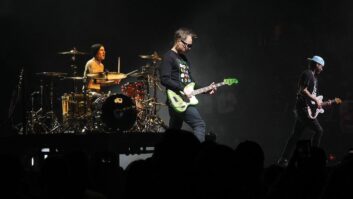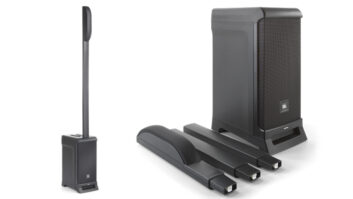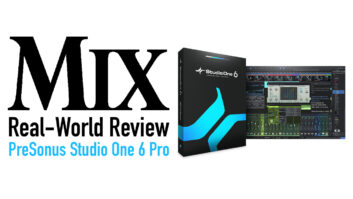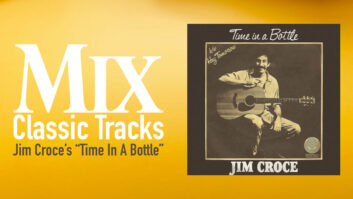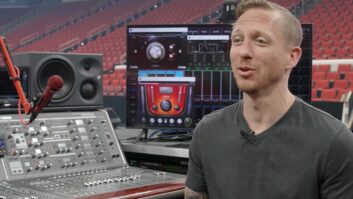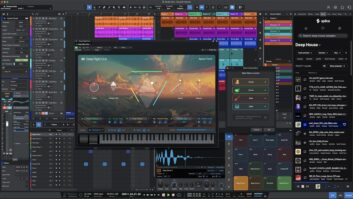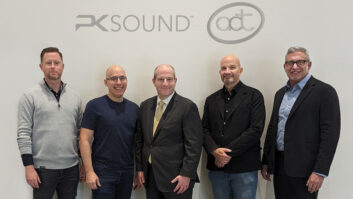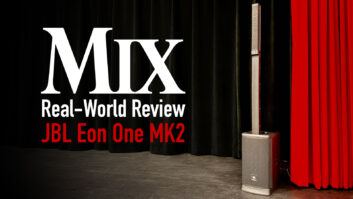
New York, NY (December 10, 2024)—It’s easy to think of Electric Light Orchestra as a studio creation. After all, the band had a long string of big singles in the U.S.—ELO owns the curious record of having the most Billboard Top 40 hits (20) without a number one—and these days, leader Jeff Lynne is arguably better known for his work producing Tom Petty, the Traveling Wilburys, George Harrison, Regina Spektor and others. In its 1970s heyday, however, ELO was actually a hard-touring ensemble—1977’s The Big Night world tour saw the band play 92 dates across nine months, packing U.S. football stadiums on what was the highest-grossing tour ever up to that point.
Nearly 50 years later, the band, now known as Jeff Lynne’s ELO, hit the road in North America one last time with the Over And Out tour—a farewell run through arenas that stretched from August to October. Joined by a dozen musicians onstage, Lynne spent the evenings knocking out hit after hit to audiences that ranged in age from fans who bought ELO LPs on the day of release to new followers who discovered “Mr. Blue Sky” through TikTok memes.
The road to that final tour began 10 years ago when Lynne and late original ELO member Richard Tandy first reunited for a festival at London’s Hyde Park, backed by the stage musicians behind ’90s boy-band Take That. The successful show set the template, and when Lynne and Tandy later hit the road periodically throughout the 2010s, they essentially walked into a turnkey tour where they had Take That’s band, crew and audio provider Skan PA, a Clair Global company.
“We do it all with Take That in the U.K.—40,000-seat football stadiums and arenas—and then we move over to do this, so we’ve all been working together for a long time, which is good,” said veteran FOH engineer Gary Bradshaw (George Michael, Pink Floyd, XTC), speaking just hours before the second of two sold-out nights at New York City’s Madison Square Garden. Keeping things even more familiar, all the audio gear carried on the U.S. tour was provided by Skan PA Hire and shipped over from the U.K.
Presenting ELO’s music with the studio sheen of the original albums required all hands on desk—four hands, to be exact, as Bradshaw shared mixing duties with engineer Steve Jay, with the pair crafting sound out of the 100 inputs coming off the stage to the DiGiCo Quantum7 console at front of house. “It’s a two-man job mixing here,” said Bradshaw. “Steve has been Jeff’s studio engineer for a long, long time, so he’s overseeing the whole thing, and we’ve developed a good way of working together over the years.”
With a baker’s dozen of musicians on stage, creating a taut, precise mix was no simple feat, but Bradshaw characteristically placed the credit elsewhere. Pointing to the stage, he said, “It’s all done at that end—it’s in the songs and the arrangements. You’ve just got to get it out into the audience; there’s no sort of magic with anything I’m doing, to be honest with you.”
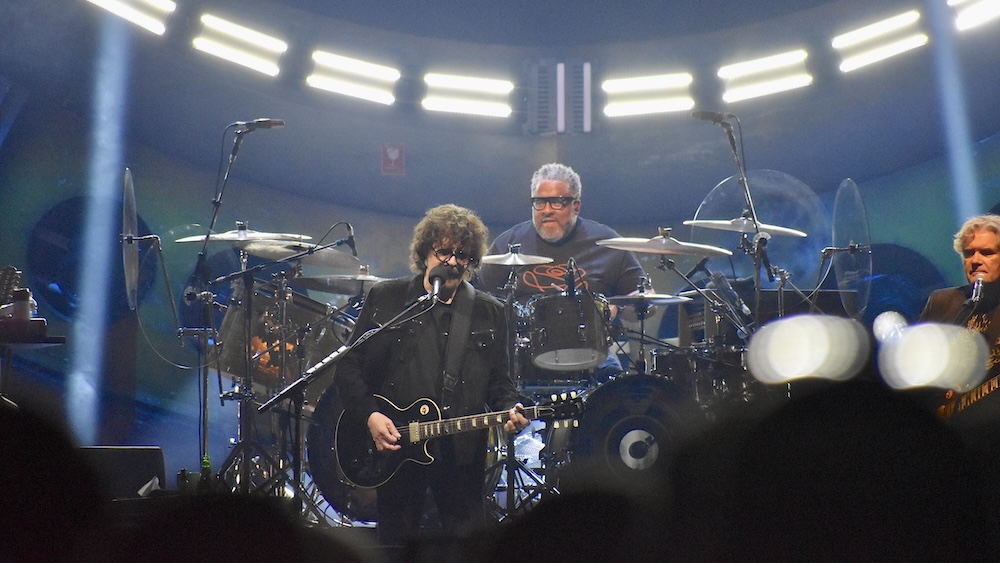
However, it turns out there actually is a secret to creating that crisp, clean ELO sound—and it came directly from Lynne himself on Bradshaw’s first day.
“I started with him in 2014,” Bradshaw recalled. “First time I met him, he came into the rehearsal place, walked up and said, ‘Can I have no effects on anything, please, particularly no reverb on the strings? Hello, I’m Jeff Lynne.’ So there’s no effects on anything. Yes, there’s a couple of little delays, like in ‘Livin’ Thing’ where he sings, ‘I’m taking a dive, dive, dive,’ but that’s it. All dry, very layered, a lot of detail—because you want to hear everything. The harmonies are there, and you don’t want to cloud them up with reverb. As a mixer, it takes a little bit to get used to, but then you get it, you listen and go, ‘Yeah, this works, it’s right.’ And no one’s ever come up to me and said, ‘Why is there no reverb on anything?’”
Capturing those sounds onstage were a variety of mics, with Lynne singing through a standard Shure 58. Meanwhile, the crucial string section found the cellos using Fishman C-100 Classic Series cello pickups while the violin sported a L.R. Baggs pickup (“They sound good; we get loads of level out of them,” said Bradshaw). Drum miking was straightforward, based around Sennheisers on the toms, AKG C414s on the overheads and a variety of Shure mics—52 and 91 on the kick, and a 57 and 87 on the snare bottom and top, respectively. Guitars were kept quiet on stage, played through a variety of Kemper amps and Neural DSP Quad Cortex pedals.
Behind the Audio of George Strait’s Record-Breaking Show
That’s not to say the stage was silent. While all the musicians wore in-ear monitors based around Sennheiser SR 2050 wireless systems and the drummer had a thumper pad, a few wedges could be found onstage in front of Lynne as a redundant, emergency backup.
Monitor engineer Niall Slevin (U2, Eric Clapton, Queen) oversaw another DiGiCo Quantum7 desk at stageside, and noted that while the band tended to get traditional band mixes with the given player in front, the “no effects” rule applied to monitors as well.
“The last couple of bands I have done have been pretty effects-heavy, so I thought, ‘This is going to be weird,’ but you throw away the rule book when you mix this band because they are so different,” he said. “If I had loads of effects, I probably wouldn’t use them because there wouldn’t be a need. Not to say it’s sterile, but it’s so precise that you don’t really need any effects as such. You don’t need to build a snare up with a reverb, and the vocal is so strong that you don’t need to build it up with a reverb or a delay. There’s so much information, timing-wise and key-wise, that you don’t need a delay for the lead singer to key off the previous repeat or to keep a tempo going.”
Slevin found the song construction did much of the heavy lifting for the band’s overall sound: “I would nearly say it mixes itself—the arrangement leaves room for everything. When the guitar solo comes around, or if there’s a piano being highlighted in a mix, at that point, it’s the right thing to do, so it sounds very natural. I’ve started to realize I’m not mixing with level as much as I’m mixing with sound.”
Backing up Slevin was crew chief Liam Tucker, who also doubled as monitor tech, making for a busy day, as he shared: “Monitorworld is in a tech bunker we get to build fairly early, then it’s on to RF, antennas and underworld cabling, as connections, network and fiber loops are the name of the game these days. I give Niall a hand sorting the band’s IEMs out with maintenance, as there are a fair few pairs to look after due to the large band. Before the show, I deliver the IEMs to the dressing rooms, then we do ear-checks backstage, including with Jeff right before the band walks on stage. During the show, I keep an eye on the multi-track recordings, and am also a second set of eyes for Niall.”
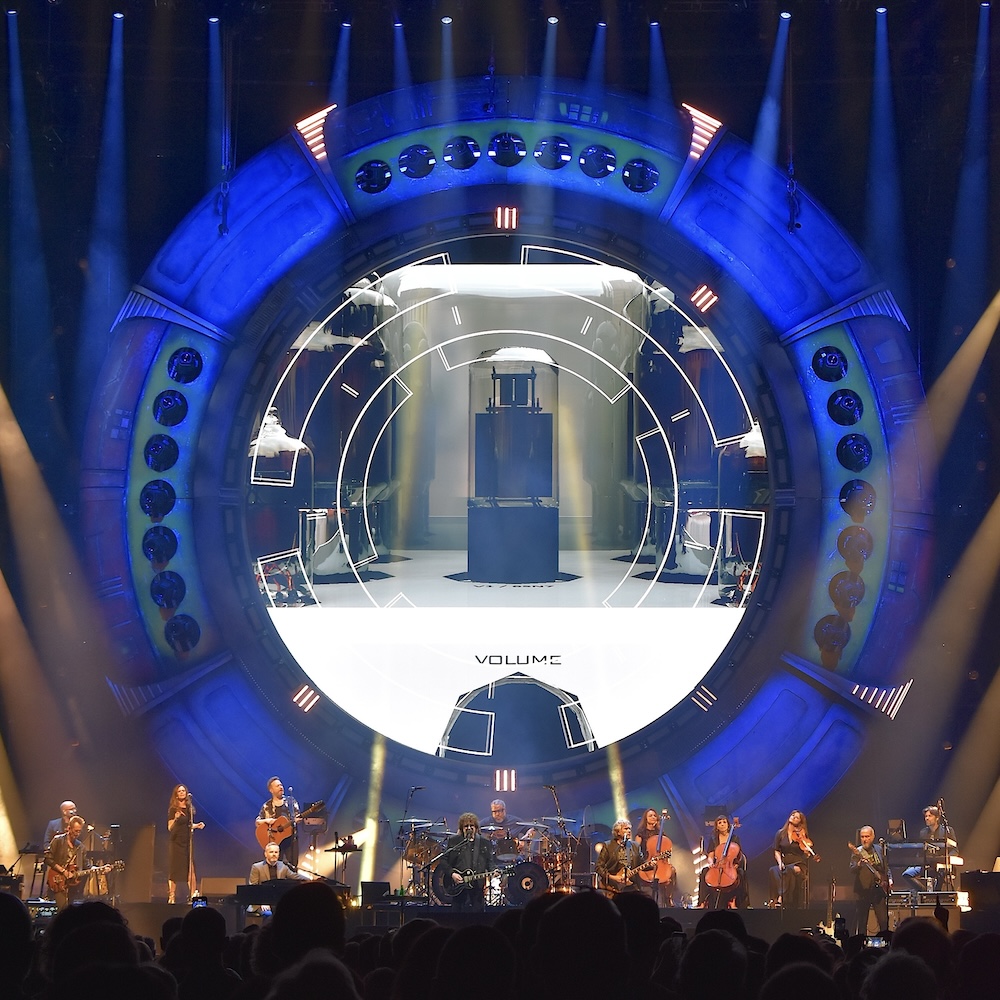
Ensuring the audience could hear the musical precision onstage, the tour carried a d&b audiotechnik system overseen by system engineer/FOH tech Matt Besford-Foster. Using d&b GSL line array boxes for the main hangs, KSLs on the sides and V Series for the rears, he found the hangs could be ideally placed without having to make extra room for the giant ELO spaceship backdrop. “This is exactly where I like them—nine meters off-center for the mains, 13-and-a-half for the sides and 15 for the rears,” he said. “It’s great because I like maintaining the space between each hang so that they all exist in their own envelope. It makes it a lot easier to time; when you put them too close together, it doesn’t work as well. What I try and instill in the P.A. system is that it should be natural-sounding and musical, and I think my way of delaying things and listening to it and not being completely reliant on measurement software helps with that.”
While the 27-date North American run concluded at the Kia Forum in Inglewood, Calif., at the end of October, the ELO spaceship hasn’t taken off for the far side of the galaxy just yet. Lynne, his dozen musicians and the tour’s team of audio pros will land back in England one last time for five shows next summer, finishing up July 13, 2025, with a final concert that will bring things full circle, touching down where the rebirth of Jeff Lynne’s ELO began, at Hyde Park.
This article appeared in the December 2024 issue of Mix as ‘ELO Barnstorms North America One More Time.’
